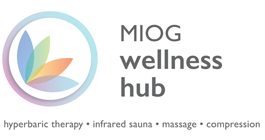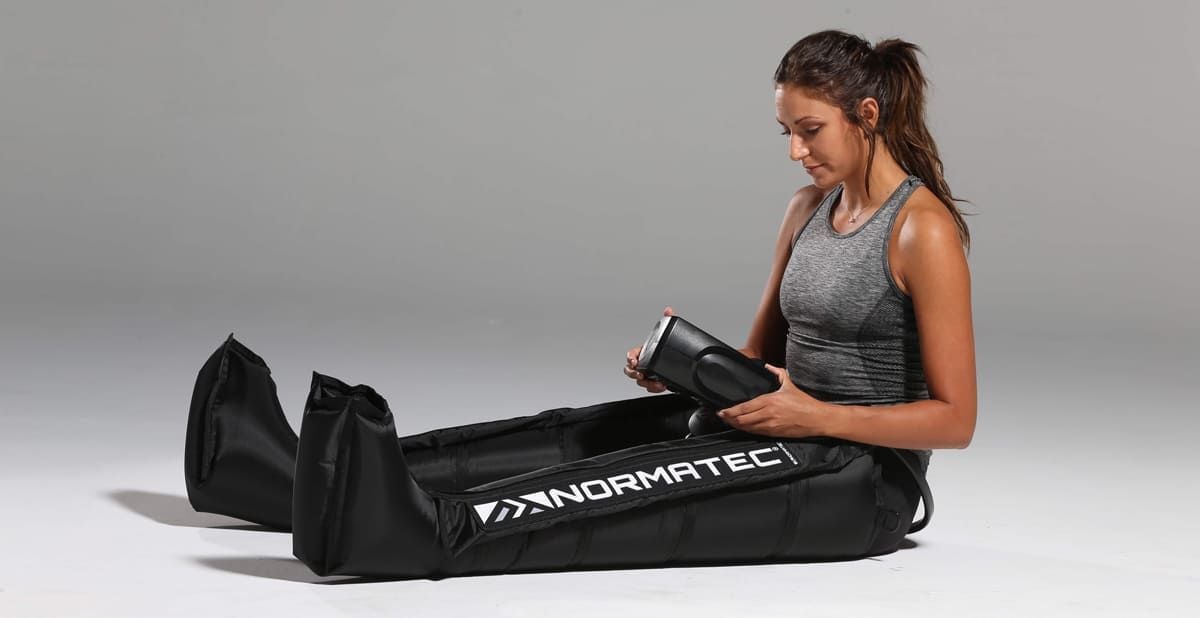)
Acupuncture for Chemotherapy-Induced Peripheral Neuropathy
Peripheral Neuropathy is a common side-effect of some types of chemotherapy: especially the taxanes (paclitaxel and docetaxel), the platins (cisplatin, carboplatin) and vinca alkaloids (vincristine, vinblastine).
It is the tingling or numb sensation in the hands and/or feet, and is caused by nerve damage that occurs from the treatment. It can be quite painful, and may significantly impact fine motor skills and daily function, such as handling utensils, writing, typing and, when affecting the feet - walking.
While the condition may subside or resolve completely after cancer treatment, it is very uncomfortable and debilitating, and may delay treatment. Some patients experience lingering symptoms, and in a small number of cases it may result in permanent damage, reducing quality of life in survivorship.
While medications may be effective at symptom relief, they can have a range of other side effects, and some people may prefer to avoid ongoing, over-use.
It is important to work at prevention of the condition, and there are some Complementary Therapies that work very well in this area.
Acupuncture and Chemotherapy-Induced Peripheral Neuropathy (CIPN) - How does it work?
It stimulates the body to provide its own pain relief endorphins
Acupuncture has been shown to stimulate the release of endorphins to decrease pain and increase a sense of well-being. Research has shown that the pain relief achieved with acupuncture works in the same pathways as opioid medications like codeine and endone. However, there is no risk of addiction or withdrawal effects.
Acupuncture has been shown to improve neurological function at the site of nerve damageIn cases of CIPN, one of the sites of nerve damage is understood to be the sensory nerve cell body at the dorsal root ganglion in the spine, affecting the nerves that supply the four limbs. Studies have shown acupuncture for CIPN improves neurological function at the site of damaged dorsal root ganglions, in the spine.
In a systematic review of 8 trials, results showed between 40-60% of participants (and up to 82% in one trial) experienced significant improvements!
Acupuncture treatment for patients with cancer - What should I expect?
Each session involves the insertion of about 10-12 very fine, sterile, single-use needles. Acupuncture for Chemotherapy-Induced Peripheral Neuropathy generally utilises established acupuncture points in the four limbs below the knees and elbows.The treatment is very gentle and, for most people, pain-free. The needles are left in for 20-30 minutes, while the patient can simply relax and rest.
Changes such as a decrease in symptoms can occur immediately after the first treatment or can take 2-3 treatments to occur. Generally the benefits of each treatment are compounded, which is why we often recommend twice weekly treatments to begin with (although significant improvements have also been reported from treatments once a week). A course of treatment consists of 6-8 treatments, though a number of patients opt for a second course or continuing treatments until improvements stabilise.
How long does the pain-relief last?
Initially changes to sensory or pain symptoms may come and go, or severity may decrease for periods of time. Treatment is generally continued until symptoms have resolved. At that point, the nerve damage has improved and the pain is not expected to return unless further damage (eg from more chemotherapy) is done.
Is acupuncture safe during active cancer treatment?
Acupuncture is regularly administered on people who are currently receiving cancer treatment, and it is considered safe if administered by a qualified and experienced practitioner. It does not contraindicate any cancer medications, and is often provided alongside cancer therapies to reduce side-effects and improve wellbeing.
It can be helpful to arrange acupuncture during and immediately after a course treatment to reduce the severity of side-effects. And particularly for Chemotherapy-Induced Peripheral Neuropathy, acupuncture can still be effective long after cancer treatment has ceased and until symptoms have resolved.
Acupuncture can even safely be administered to people with bleeding disorders or on blood-thinning medications.It is always wise to check the qualifications and experience of your acupuncturist, and choose someone who has experience in cancer care as well as a sound knowledge of chemotherapy agents and a compassionate and gentle approach. Furthermore, someone with traditional education but who is abreast of the most recent research is ideal, as it is important to adhere to strategies supported by scientific research.
For us, this is Christine Lee. She is a caring and experienced practitioner who achieves excellent treatment results. For more information on her bio, please click here; or to book in for Acupuncture in Carnegie, Melbourne please give us a call on 03 9571 7498.
Bibliography
Giovanna Franconi, Luigi Manni, Sven Schröder, Paolo Marchetti, and Nicola Robinson, "A Systematic Review of Experimental and Clinical Acupuncture in Chemotherapy-Induced Peripheral Neuropathy," Evidence-Based Complementary and Alternative Medicine, vol. 2013, Article ID 516916, 7 pages, 2013. https://doi.org/10.1155/2013/516916.
Pomeranz B, Chiu D: Naloxone blockade of acupuncture analgesia: endorphin implicated. Life Sci 1766, 19:1757-1762
Kim W, Kim SK, Min BI. Mechanisms of electroacupuncture-induced analgesia on neuropathic pain in animal model. Evid Based Complement Alternat Med. 2013;2013:436913. doi:10.1155/2013/436913
Ju Z, Cui H, Guo X, Yang H, He J, Wang K. Molecular mechanisms underlying the effects of acupuncture on neuropathic pain. Neural Regen Res. 2013;8(25):23502359. doi:10.3969/j.issn.1673-5374.2013.25.006
Ko J1, Na DS, Lee YH, Shin SY, Kim JH, Hwang BG, Min BI, Park DS. cDNA microarray analysis of the differential gene expression in the neuropathic pain and electroacupuncture treatment models. J Biochem Mol Biol. 2002 Jul 31;35(4):420-7.
Giovanna Franconi, Luigi Manni, Sven Schröder, Paolo Marchetti, and Nicola Robinson, "A Systematic Review of Experimental and Clinical Acupuncture in Chemotherapy-Induced Peripheral Neuropathy," Evidence-Based Complementary and Alternative Medicine, vol. 2013, Article ID 516916, 7 pages, 2013. https://doi.org/10.1155/2013/516916.


)










Tags: